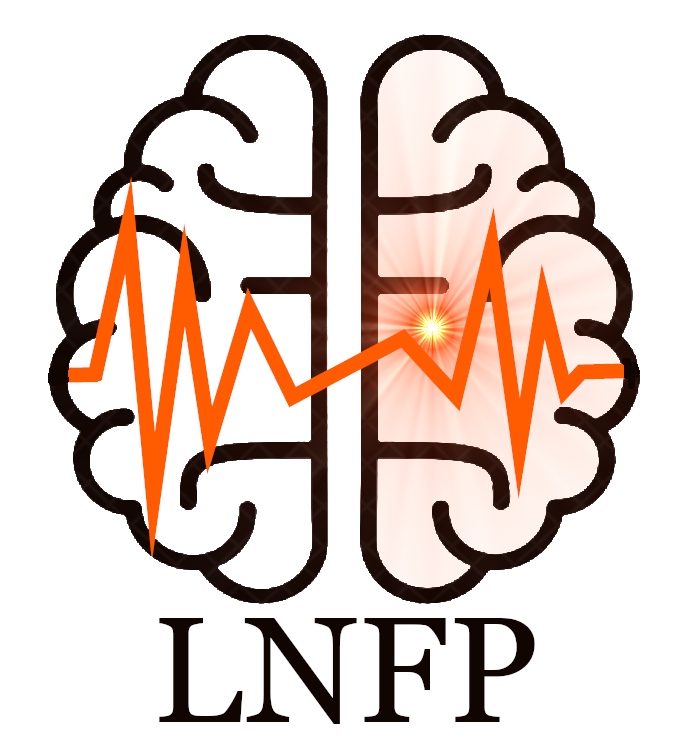Can Dopamine Responsiveness Be Predicted in Parkinson’s Disease Without an Acute Administration Test?
Résumé
Background: Dopamine responsiveness (dopa-sensitivity) is an important parameter in the management of patients with Parkinson’s disease (PD). For quantification of this parameter, patients undergo a challenge test with acute Levodopa administration after drug withdrawal, which may lead to patient discomfort and use of significant resources. Objective: Our objective was to develop a predictive model combining clinical scores and imaging. Methods: 350 patients, recruited by 13 specialist French centers and considered for deep brain stimulation, underwent an acute L-dopa challenge (dopa-sensitivity > 30%), full assessment, and MRI investigations, including T1w and R2* images. Data were randomly divided into a learning base from 10 centers and data from the remaining centers for testing. A machine selection approach was applied to choose the optimal variables and these were then used in regression modeling. Complexity of the modelling was incremental, while the first model considered only clinical variables, the subsequent included imaging features. The performances were evaluated by comparing the estimated values and actual values Results: Whatever the model, the variables age, sex, disease duration, and motor scores were selected as contributors. The first model used them and the coefficients of determination (R2) was 0.60 for the testing set and 0.69 in the learning set (p < 0.001). The models that added imaging features enhanced the performances: with T1w (R2 = 0.65 and 0.76, p < 0.001) and with R2* (R2 = 0.60 and 0.72, p < 0.001). Conclusion: These results suggest that modeling is potentially a simple way to estimate dopa-sensitivity, but requires confirmation in a larger population, including patients with dopa-sensitivity < 30%
Domaines
Neurosciences
Origine : Fichiers produits par l'(les) auteur(s)

